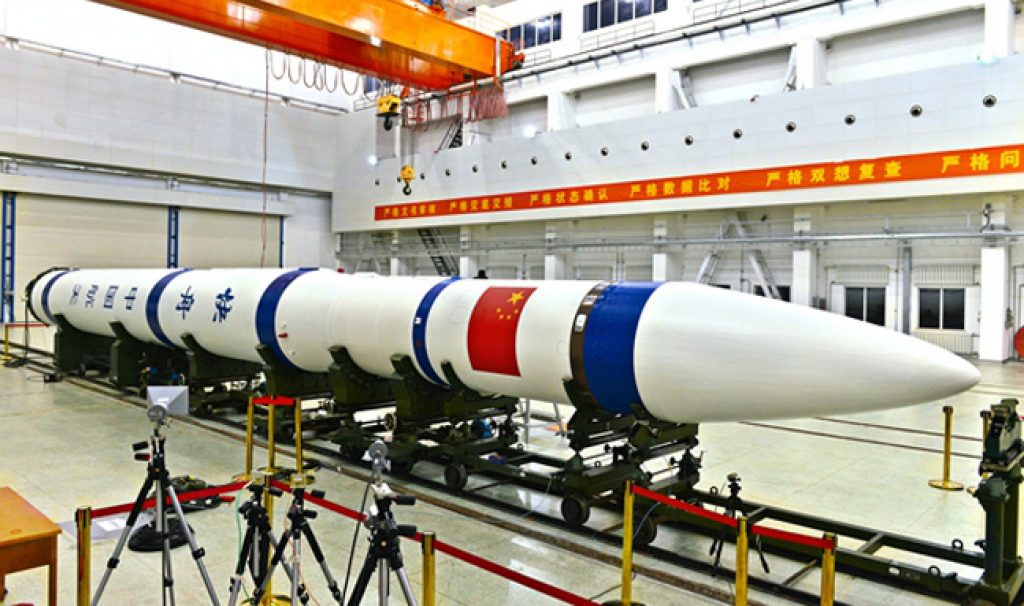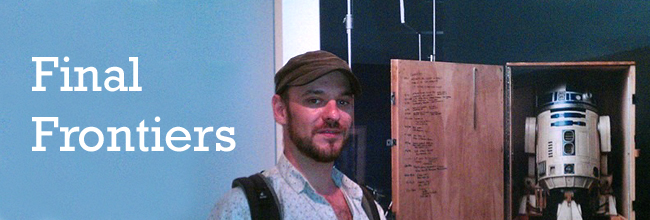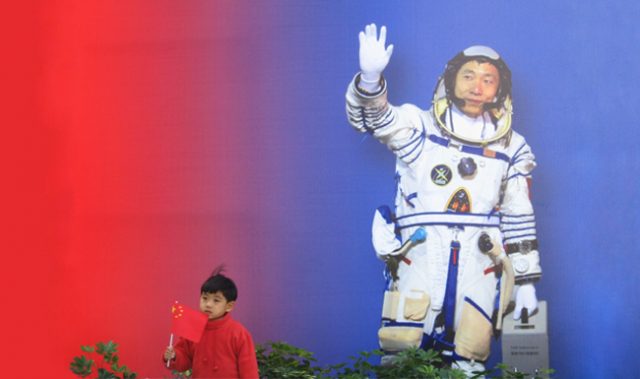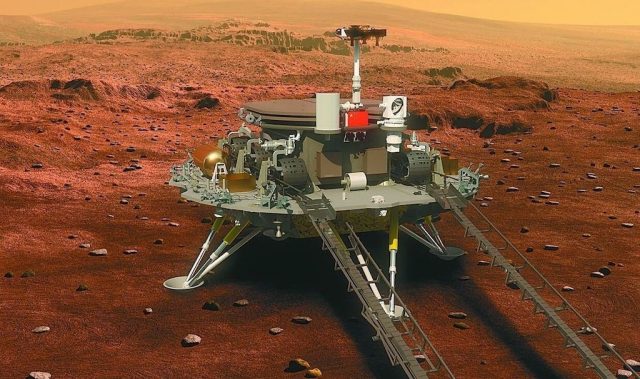
AsianScientist (Sep. 20, 2016) – That’s right, China wants to start its own SpaceX. And naturally, they have named their company… ExPace.
The country that brought us the Goophone i5S, Arm & Hatchet Baking Soda, Abidas sportswear and Obama Fried Chicken is turning its attention to the private space sector, and they are bringing their unique brand-naming conventions along for the ride.
The China Aerospace Science and Industry Corporation (CASIC) is China’s largest missile systems manufacturer, and in April 2016 they decided to branch out into commercial space with the launch of ExPace Technology Corporation, which does indeed sound a little bit like Space Exploration Technologies Corporation (SpaceX).
ExPace hopes to capture a fair-sized chunk of the commercial launch sector with the release of their own Kuaizhou series of solid fuel based rocket motors. They envision producing up to 140 satellites and 50 rockets by the year 2020.
So, aside from the hilariously derivative company name, is there anything else that indicates whether ExPace is just another knockoff? Will we see a deluge of Balcon 9s saturating the launch market?
Unlikely, as ExPace are targeting a different market.
Whereas SpaceX have always been aiming towards manned spaceflight (specifically Mars-focused), ExPace are targeting the growing small satellite sector. Simply put, their current Kuaizhou series are just too small to hoist anything human-sized into orbit.
Also, the technology is vastly different. While SpaceX opt for liquid-fueled rockets, which are easier to switch off and on again, the Kuaizhou rockets are solid fuel-based, which shows their missile technology-based heritage. Solid fuel rockets are easier to store for quick response.
So it is unlikely that anyone will be strapping themselves onto these fireworks anytime soon—see the tale of Wan Hu (万虎) if you wish to understand the reference.
That said, CASIC and ExPace appear to have goals beyond that of mere small satellites, and have highlighted five areas of development in their technology roadmap. These areas include high altitude drones, high-altitude airships beaming internet down to Earth, a 57 satellite narrowband communications constellation, a 156 Ka-band broadband internet constellation, and a horizontal takeoff and landing reusable spaceplane, similar to the Skylon plane.
Whether they will put taikonauts into that spaceplane or whether it is an unmanned drone like the Boeing X-37, remains to be seen.
They do say that imitation is the sincerest form of flattery, and indeed, SpaceX ‘imitated’ China earlier this month by having their own little explosion just 24 hours after the Chinese Long March 4C exploded somewhere above the Taiyuan Satellite Launch Center in Shanxi. Of course, the SpaceX incident was highly publicized and the Long March explosion was largely overlooked by the media, but that is hardly surprising. SpaceX loves to court the media, whereas China guards these incidents very closely.
In fact, it was not really known that there had been an incident with the Long March until the wreckage was posted all over Chinese social media.
So regardless of ExPace’s plans for conquering the commercial space sector, you can be pretty sure that they will keep their failures quiet, and won’t be asking for public assistance to aid their enquiries, as SpaceX has done recently.
Either way, more competition is a good thing, as competition keeps everyone on their toes, and forces innovation.
So Godspeed, ExPace. Godspeed.
This article is from a monthly column called Final Frontiers. Click here to see the other articles in this series.
———
Copyright: Asian Scientist Magazine; Photo: CASIC.
Disclaimer: This article does not necessarily reflect the views of AsianScientist or its staff.













